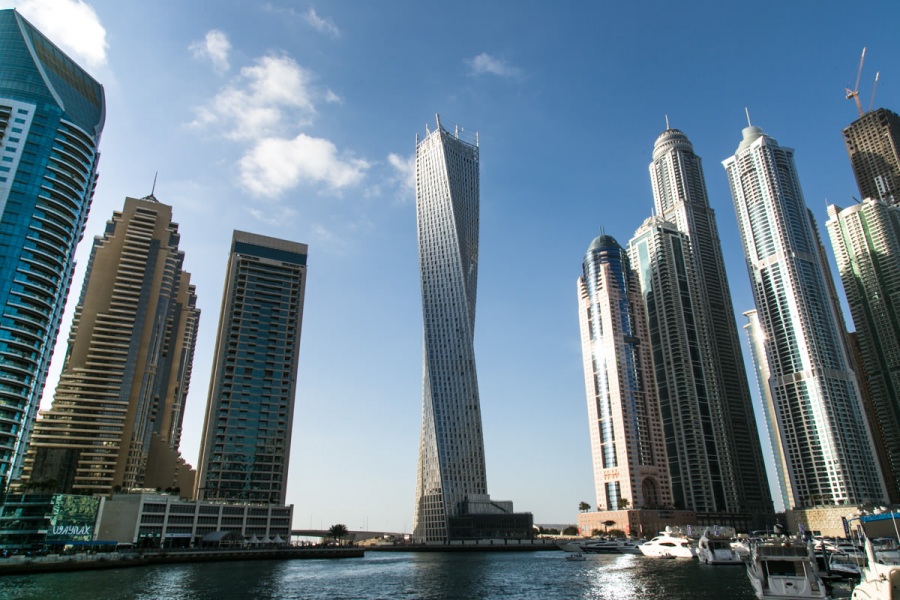When designing a building or a home, an architect must start with a vision that is both practical to design and esthetically unique to his client. One modern trend is to construct a building that blends in so completely with its environment that it almost disappears. This style is called “invisible architecture” and it achieves its distinctive look by minimizing the appearance of what is actually being built. Whether a building, a walkway, or a partition separating two different areas, invisible architecture creates an illusion of nothing being there. This style is often used when the architect wants to accentuate the features of something other than the building, such as the surrounding natural sights. Ultimately they would like the adjoining native areas to camouflage the entire building thereby creating less intrusion to the natural beauty of the area.
In many cases, the invisible architecture incorporates a lot of mirrored glass. This is particularly prevalent in the construction of high-rise office buildings with the idea to make the building as invisible or inconspicuous as possible. The utilization of mirrored glass plays a major role in achieving this look. Invisible architecture can also be achieved by using just plain glass so that the building inhabitants can see inside or straight through the building from the inside and outside.
The Invisible Architecture scenario assumes that buildings become totally invisible for city inhabitants. They completely blend with their surroundings and do not disturb the space in any way. They also disappear, in a way, from the cities using the latest solutions and technologies. Invisible architecture can also be an answer to the decreasing amount of space in cities today. It is connected with the increasingly strong appreciation of the urban landscape. The materials used to build facades are already so technologically advanced that the building becomes almost invisible to passers-by. Also, those people working inside the building have an impression of being an actual part of the city. The architecture is completely intertwined with the surrounding landscape and it becomes inseparable from it. It does not disturb the space while creating a harmonious whole with it. Invisible architecture is compliant with the trend towards greater invisibility, a scenario connected with the contemporary world in which we live.
A leading Architect, James Turrell states, “the qualities of the space must be seen, and the architecture of the form must not dominate.” This is the approach that was taken with the Tower Infinity in South Korea. It is marketed as one of the first “invisible skyscrapers.” The building is wrapped in a “reflective skin that reveals the surrounding environment. It is one of the best examples of invisible architecture today. This commercial design creates the illusion of invisibility through the use of a sophisticated digital processing system that is attached to the façade. By using a series of cameras it captures real-time images of the building’s surroundings and then projects them off the building glass surface. It is a modern architectural marvel.
It is important to note that these types of camouflaged buildings are not new. Today’s architects are still learning how to refine these structures to help people experience form and space in unique ways. The transparency of the building lends itself to a fragile quality that makes a statement about man’s intrusion on the environment. The construction opts for structural glass walls that contribute to making the most of natural light hours. This is also an example of a biophilic design that incorporates plants and elements inspired by nature into the workspace to create a stress-free work environment. It fosters the employees’ wellness that often translates into a rise in the company’s productivity. The offices inside an invisible architecture sustainable building are, in fact, happy offices. Visit one today and experience the phenomenon for yourself.


